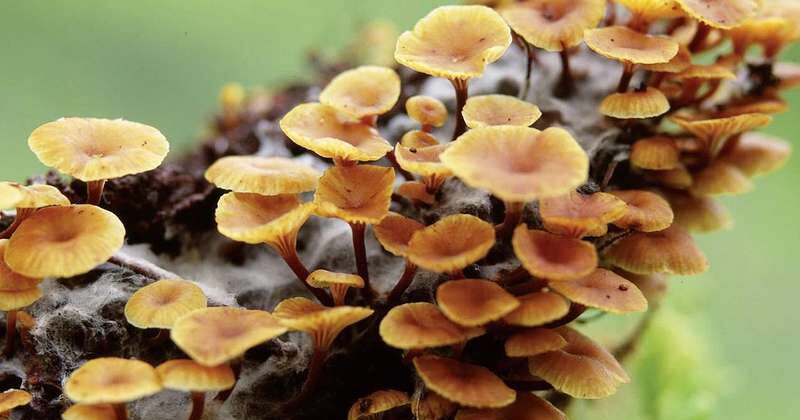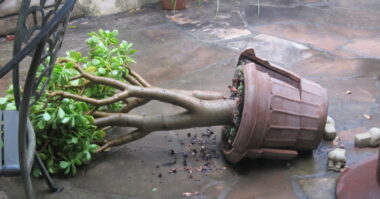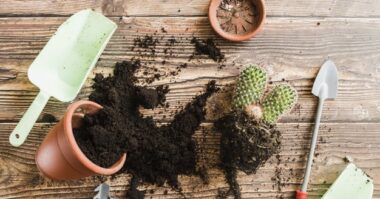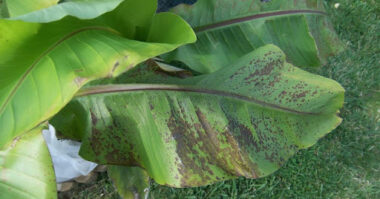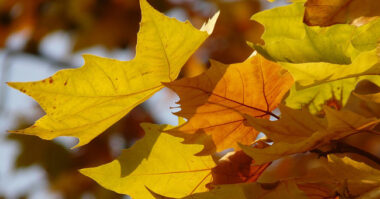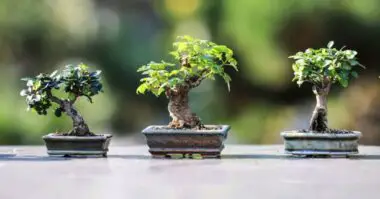To fight against fungus that are enemies of plants, we use products with the ability to cause a preventive and curative action: fungicides.
For ecological reasons, the ideal is to opt for natural fungicides.
Contents
How do I know if a fungus is contaminating my plants?
If the leaves of your plants are speckled with powdery mildew, then they have probably contracted powdery mildew, also known as “powdery mildew disease”. If they are covered with small raised spots of orange color, it is probably rust disease.
And if they turn yellow on top and develop a grey-purple down on the underside, then it is mildew disease. All three diseases are common and contagious and are caused by fungus. But don’t panic, there is a simple and ecological grandmother’s remedy to overcome them.
Utility of fungicides
A fungicide is a phytosanitary product designed to eliminate parasitic fungus that develop on crops. It helps to fight against certain cryptogamic diseases such as: powdery mildew, mildew, mildew, wheat septoria or fusarium.
The use of chemical fungicides is to be proscribed because they can harm the environment and present a danger to humans and animals.
It is therefore best to use natural products that preserve the environment and are non-toxic to living things.
Useful food to use against fungus
Certain foods commonly used in culinary preparations have unsuspected properties that can be exploited in our gardens.
This is the case of garlic, a powerful fungicide which, once mashed with a pestle and used as a decoction (100g/10 l of water), can be sprayed on plants as a preventive or curative treatment. Garlic can also be planted between rows of strawberries to protect them from grey rot, and between potato or tomato plants to prevent the appearance of the dreaded mildew.
Onions used in the same way will have identical effects.
Chives can also be alternated between rows of fruit and vegetables in the vegetable garden to limit the appearance of these crop-destroying fungus.
Horseradish is one of the few ways to fight against moniliosis. Let 250g of a mixture of roots and leaves macerate in 10 liters of boiling water for a quarter of an hour. Once the product has cooled, spray the aerial parts of sensitive plants.
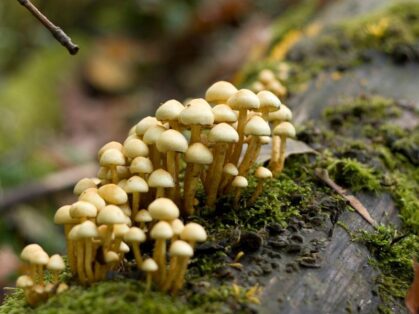
3 Fungicides to make with your home products
A bicarbonate fungicide
Baking soda blocks the development of bacteria and fungus responsible for powdery mildew (squash, rosebush), black spots (rosebush), rust (hollyhock, garlic) and mildew (tomato). Treat once a week as soon as the first symptoms appear. Repeat 3 or 4 times.
– Dilute 1 to 2 teaspoons of baking soda in 1 liter of lukewarm water. Add 1 tablespoon of liquid black soap. Mix well and pour into a spray bottle.
An insecticide with black soap and oil
Gentle but very effective, black soap attacks the shells of insects while the oil suffocates them. Choose organic, biodegradable and environmentally friendly products. The treatment is effective against aphids, scale insects, thrips, on all types of plants, even indoor plants. Spray twice at 20 min interval for scale insects. Repeat once a week on recalcitrant aphids.
In a bowl, whisk together 2 tablespoons of liquid black soap and the same amount of rapeseed oil. Mix with warm water. Pour into a sprayer and make up to 1 liter of preparation with water.
A wood ash fertilizer
Calcium, potassium, phosphorus, silica and mineral salts that make up ash are fertilizers for vegetables, fruit trees, small fruits, roses, flowering shrubs … except for heather earth plants. In winter, recover the ashes from the stove or chimney. Store it after having sieved it.
Soak 300 g of sieved ashes in 5 l of rainwater for 24 hours. Mix and filter. Water the soil at the foot of the plants up to twice a month, especially tomatoes, cabbage, squash.
What other plants and solutions can be used as a natural fungicide?
The most commonly used natural fungicides are the weeds commonly known as weeds. They have interesting antifungal properties. Here are a few weeds that are essential to treat the garden naturally.
Field horsetail
This plant with preventive and curative power is an excellent remedy against certain diseases such as: powdery mildew, scab, mildew or peach blister.
To prepare a decoction of horsetail, simply infuse 1 kg of horsetail leaves in 10 liters of boiling water for about ten minutes. Then spray the foliage with the solution obtained.
Absinthe
The preparation is used after infusion of the leaves and flowers of wormwood in 10 liters of simmering water.
Sulfur
Associated with Bordeaux mixture, it is a commonly used fungicide. Sulphur is a preventive and curative treatment against scab or powdery mildew.
It comes in the form of powder or granules to be diluted in water because it is water-soluble. The preparation is to be sprayed on all plants sensitive to cryptogamic diseases, preferably :
- in autumn and late winter for fruit trees ;
- in spring for vegetable plants.
Summary
With the return of heat, mushrooms can proliferate in the garden and kitchen garden. Especially when the atmosphere is humid.
These fungi, such as mildew, powdery mildew, fusarium, settle on plants or flowers and make them die slowly. Of course, there are lots of products on the market to get rid of them, but they are often expensive and full of harmful products.
Fortunately, there is a natural fungicide to get rid of fungus easily on plants.
